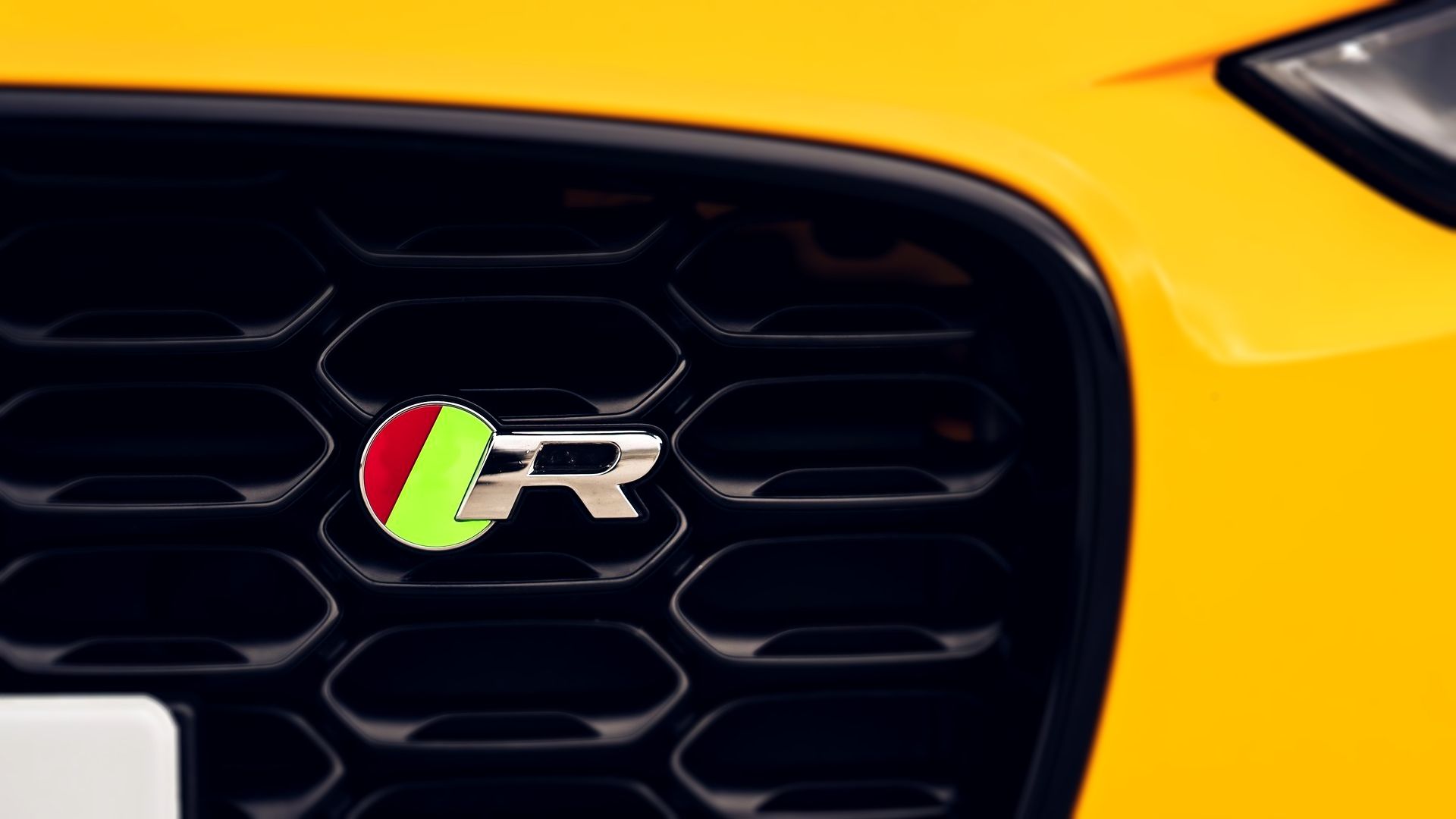Fitness
British nuke sub missile launch FAILS as Trident misfires and ‘plops’ into sea

A TRIDENT missile dramatically misfired and crashed into the ocean yards from the British nuclear submarine that launched it, The Sun can reveal.
The second failed launch in a row – after a misfire in 2016 – happened while Defence Secretary Grant Shapps was on board HMS Vanguard to witness the test.
The Ministry of Defence confirmed an “anomaly occurred” during the January 30 exercise off Florida, but the nuclear deterrent remains “effective”.
The crew on the nuclear sub perfectly completed their doomsday drill, and the Trident 2 missile was propelled into the air by compressed gas in the launch tube.
But its first stage boosters did not ignite and the 58-ton missile – fitted with dummy warheads – splashed into the ocean and sank.
A source said: “It left the submarine but it just went plop, right next to them.”
HMS Vanguard was under the surface, hovering at launch depth, but was not hit by the 44ft missile as it plunged back into the Atlantic.
Immediately, a frantic probe began to find out what went wrong and a search ordered to recover the top-secret missile technology from the seabed at Port Canaveral, Florida.
It is the second failed test since 2016, when a Trident fired from HMS Vengeance veered off course and self-destructed.
But, despite the setback, officials insist they are confident that the misfire was “event specific”.
‘ANOMALY OCCURED’
Crucially, it is understood that had the firing taken place on a real patrol mission rather than under test conditions it would have been successful.
No further details are being made public about what went wrong on the grounds of “national security”.
In a statement issued to The Sun, the Ministry of Defence said: “HMS Vanguard and her crew have been proven fully capable of operating the UK’s Continuous At-Sea Deterrent, passing all tests during a recent demonstration and shakedown operation (DASO) – a routine test to confirm that the submarine can return to service following deep maintenance work.
“The test has reaffirmed the effectiveness of the UK’s nuclear deterrent, in which we have absolute confidence. During the test an anomaly occurred.
“As a matter of national security, we cannot provide further information on this, however we are confident that the anomaly was event specific, and therefore there are no implications for the reliability of the wider Trident missile systems and stockpile.
“The UK’s nuclear deterrent remains safe, secure and effective.”
Ministers are expected to update MPs today in the Commons on the January 30 incident at the US’s secure Navy Port site. First Sea Lord Admiral Sir Ben Key was also onboard the sub at the time.
Labour called the test fail “concerning” but stressed its support for the nuclear deterrent.
Shadow Defence Secretary John Healey said: “Labour’s support for the UK’s nuclear deterrent is total.
“We recognise the special service of those who’ve maintained our continuous at sea deterrence for over 50 years.
“Reports of a test failure are concerning. We expect a statement in Parliament from the Defence Secretary.”
Officials stress Trident remains one of the most reliable weapons systems in the world, having successfully completed more than 190 tests involving the UK and US.
The UK has fired 12 Trident 2 missiles since the weapons entered service with the Royal Navy in 1994. But the two most recent ones failed.
In June 2016 a Trident 2 blasted out of HMS Vengeance and its rocket boosters successfully ignited. But moments later it veered off course, reportedly towards the US, and automatically self-destructed.
Later, Theresa May’s government was accused of covering up the failed launch as parliament was due to vote on renewing the UK’s nuclear deterrent.
AGEING FLEET
MPs backed a plan overwhelmingly to spend £40billion on “upgrading the nuclear deterrent”.
It means the ageing fleet of Vanguard subs are due to be replaced with Dreadnought-class successors in the 2030s.
The Trident fired from HMS Vanguard was due to fly 3,700 miles from off the coast of Florida to an impact point in the mid-Atlantic between Brazil and West Africa.
Its intended route was revealed in warning to ships and aircraft from National Geo Spatial Intelligence Agency.
The target was 1,000 miles closer than that of the failed 2016 launch and less than half the Trident 2 missile’s reported range of 7,500 miles.
Trident 2 missiles are designed to blast to the edge of space, reaching speeds of 13,600mph, before re-entering the earth’s atmosphere with a devastating payload of up to 12 nuclear warheads.
They first entered service with the US navy 34 years ago and four years later with the Royal Navy.
£17MILLION COST
Yet the missile’s makers Lockheed Martin insist Trident 2s remain “the most advanced ballistic missiles in the world”.
It said they have been successfully test-fired a “record” 191 times since 1989, most recently in September when the USS Louisiana, an Ohio-class nuclear-powered sub, conducted a demonstration and shakedown operation in the Pacific.
British launches are rarer because each missile costs upwards of £17million.
The last successful UK launch came in October 2012, when HMS Vigilant fired the missile after a refit and sea trials.
It comes amid a drumbeat of warnings that the world is careering towards World War Three, with increased nuclear sabre-rattling which underlines the crucial role played by Trident.
HIDDEN NUKE STRIKE-BACK

BRITAIN’S nuclear deterrent is the last line of defence to blast our enemies to oblivion in the event they launch first.
The plan relies on a nuclear-armed submarine always being at sea — hidden beneath the waves or the polar ice cap to survive a first strike against the British mainland and ready to shoot back.
That takes a group of brave men and women who spend months at a time on top-secret underwater patrols, largely cut off from their loved ones back at home.
The secrecy around the sub’s position means the crew rarely — if ever — are able to broadcast messages, which would give away their position.
The crews of the Vanguard-class subs can only receive brief text messages, known as family-grams, and they cannot send anything home.
They will not even be told if a loved one dies because there is nothing they can do about it.
One of the only times the sub will break its radio silence is if a crew member’s life is in danger.
In the event of a nuclear conflict, each of the Navy’s four Vanguard subs can fire 16 Trident 2 missiles.
Each of the rockets is armed with multiple nuclear warheads.
The missiles blast off to the edge of space and navigate by the stars at speeds of up to 13,600mph, before re-entering the Earth’s atmosphere with devastating nuclear payloads.
A Navy source said each of the subs carry more explosive power than was dropped during the entirety of World War Two.
A Royal Navy nuclear armed submarine has been constantly on patrol since April 1969.
If the crews lose contact with the UK government they have orders to scan the airwaves for BBC Radio 4 as proof the UK still exists.
Three days without the Today Programme is a sign of Armageddon and the Captain can open the letter of last resort — a handwritten note from the Prime Minister with instructions on what to do next.
Despite the misfire last month, the MoD said HMS Vanguard and her 149 crew had “proven fully capable of operating the UK’s Continuous At Sea Deterrent, passing all tests”.
It went on the say: “The test has reaffirmed the effectiveness of the UK’s nuclear deterrent, in which we have absolute confidence.”














